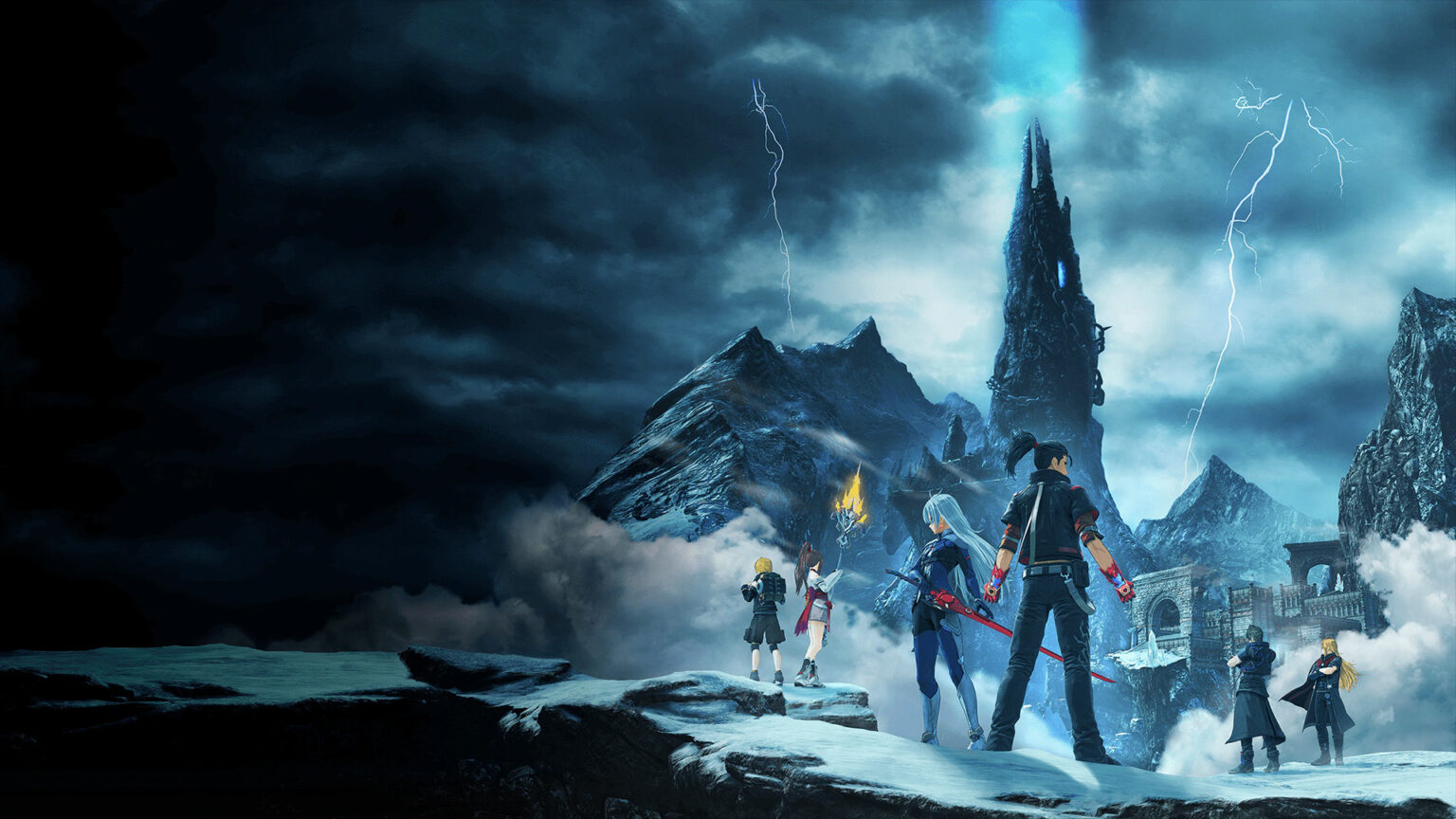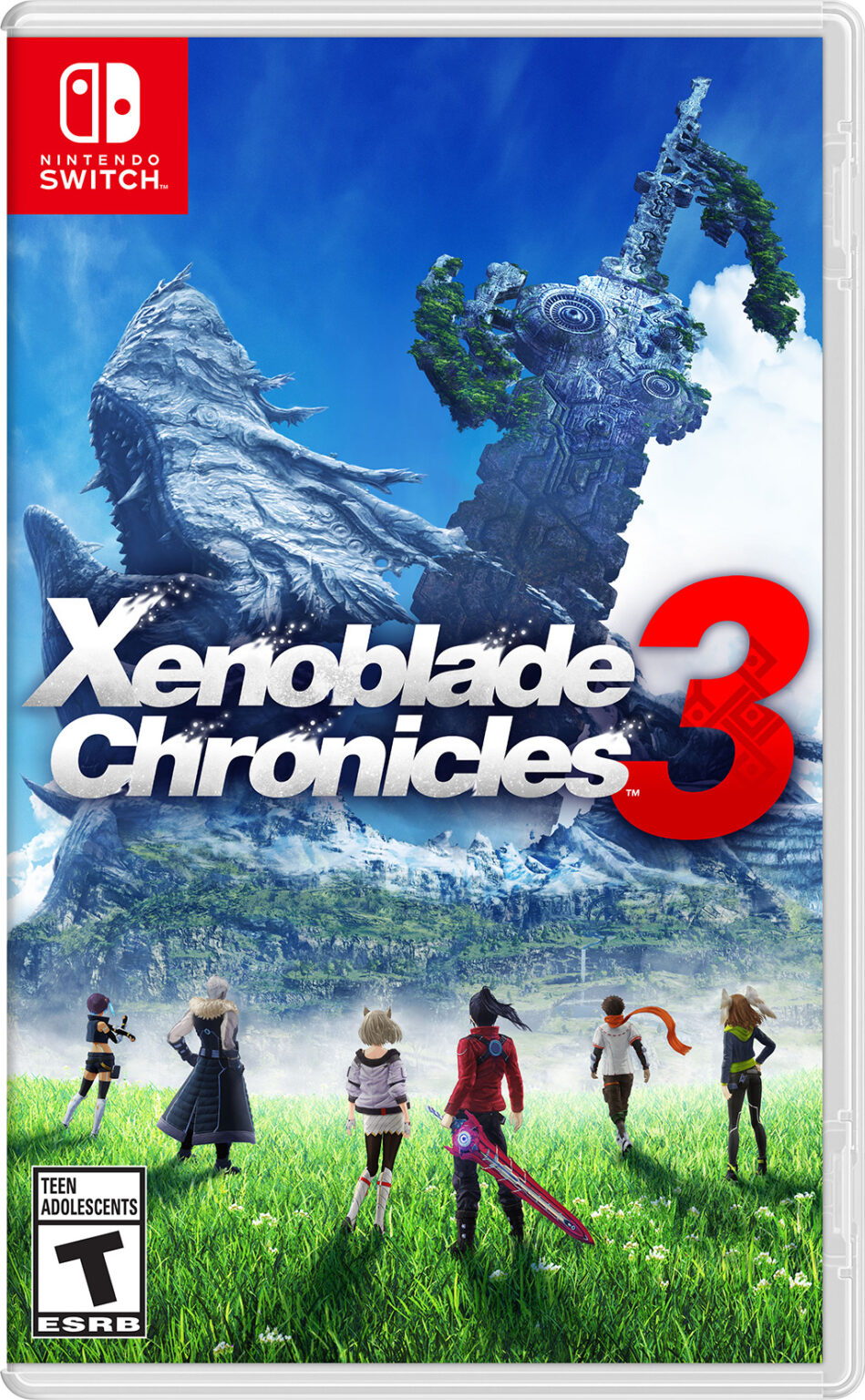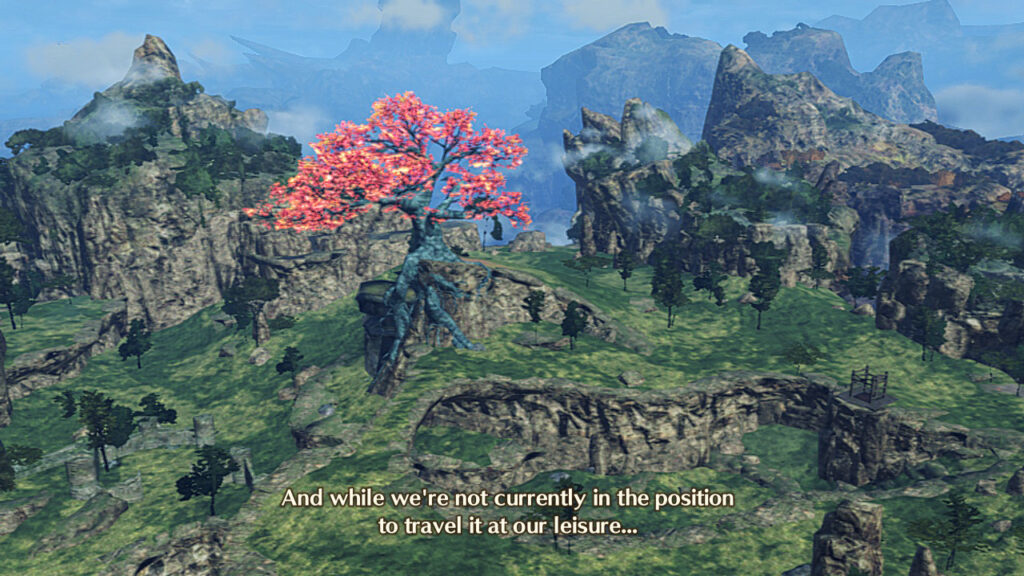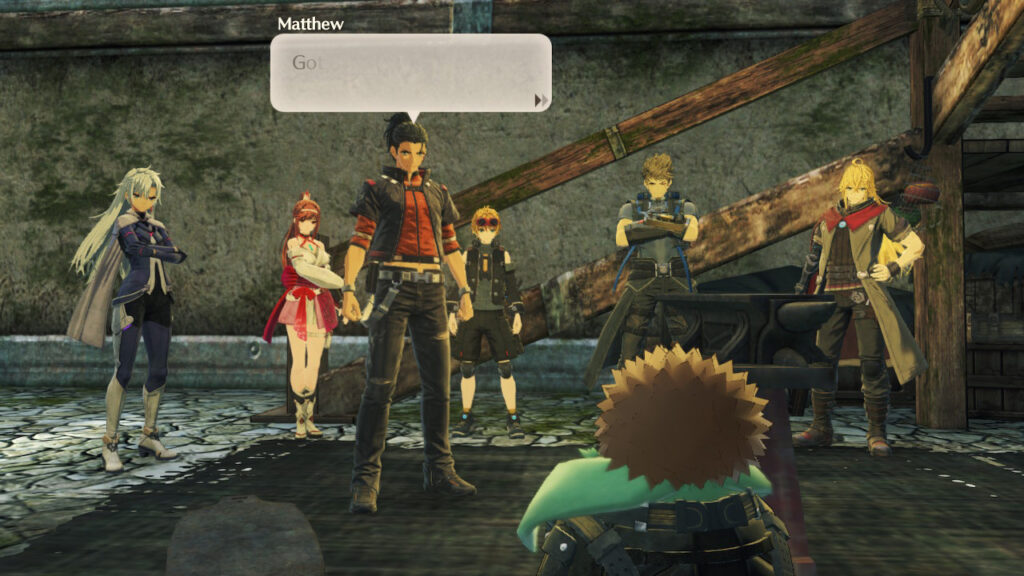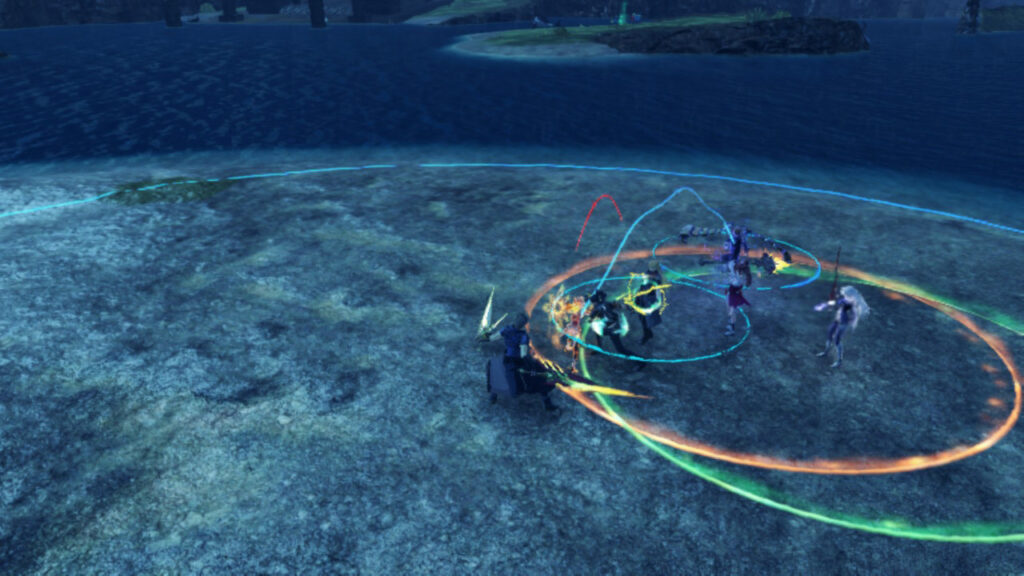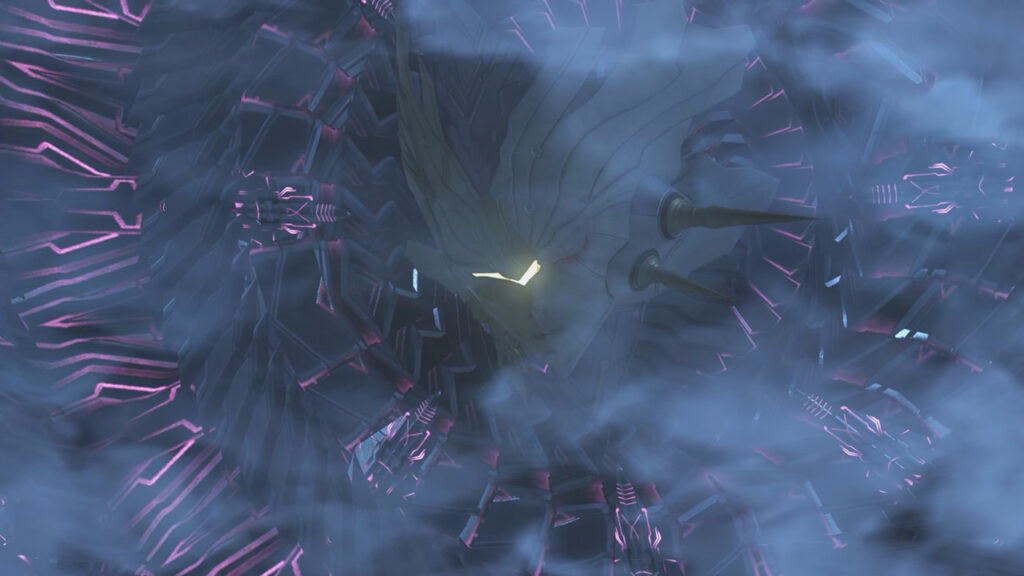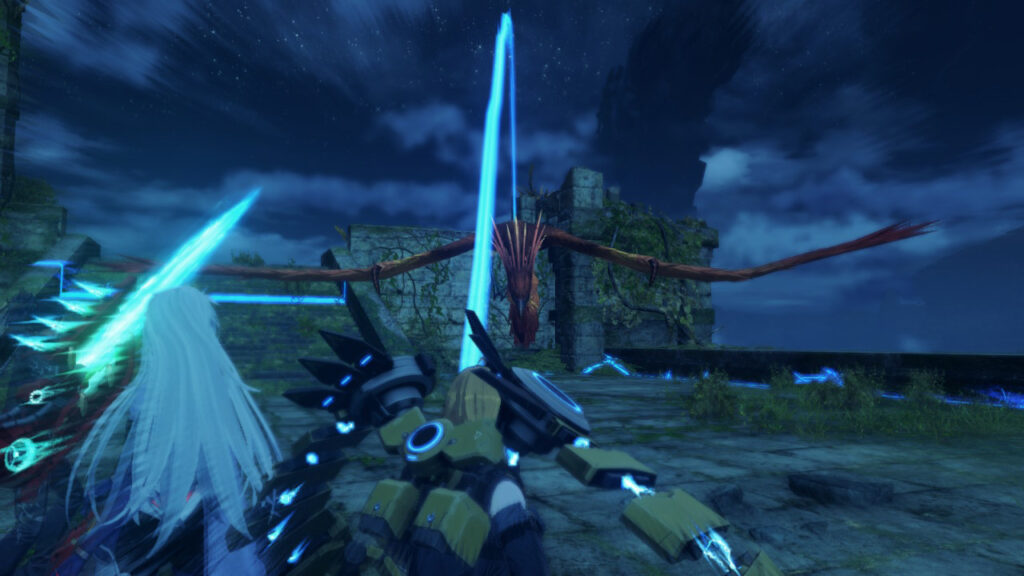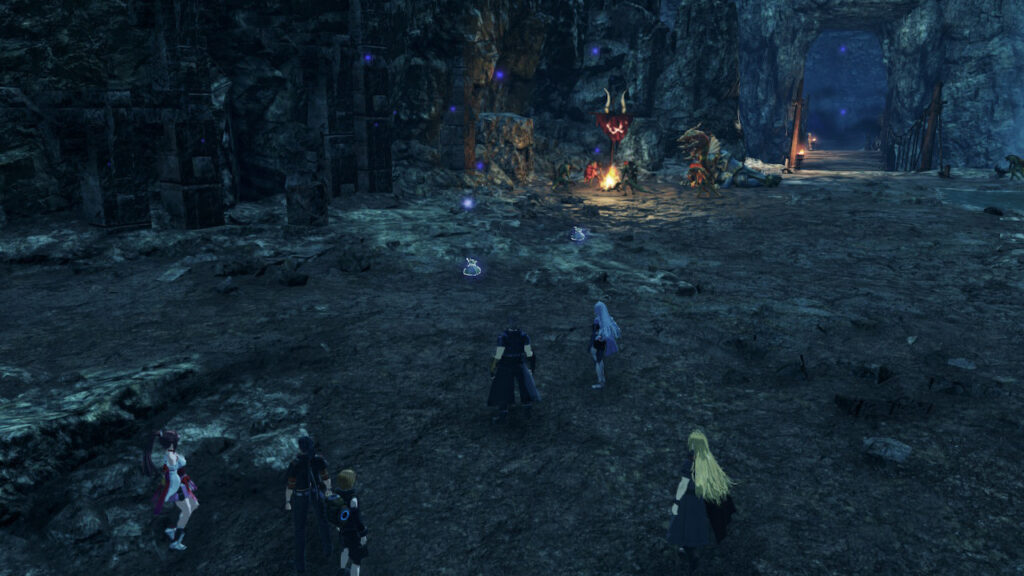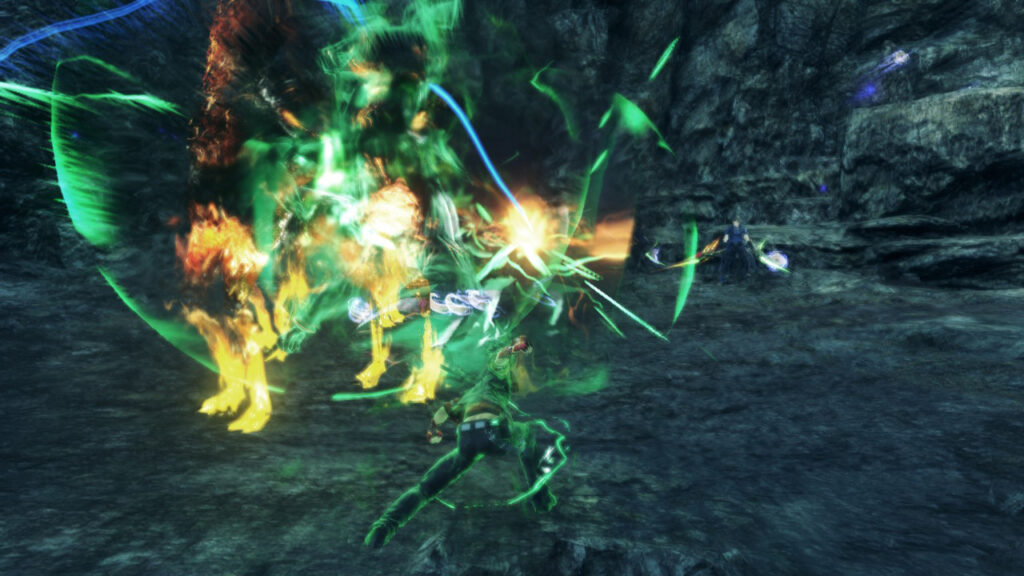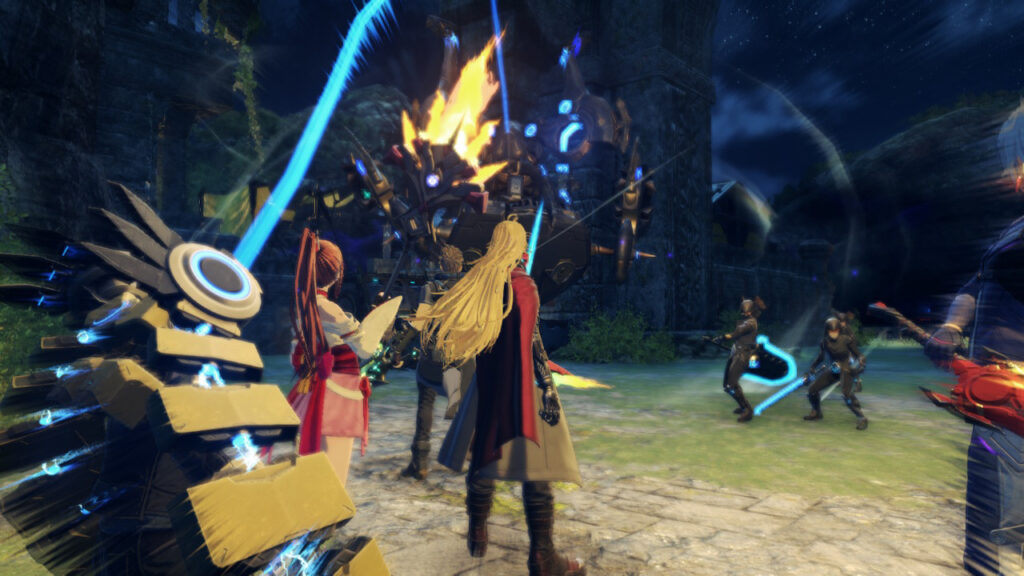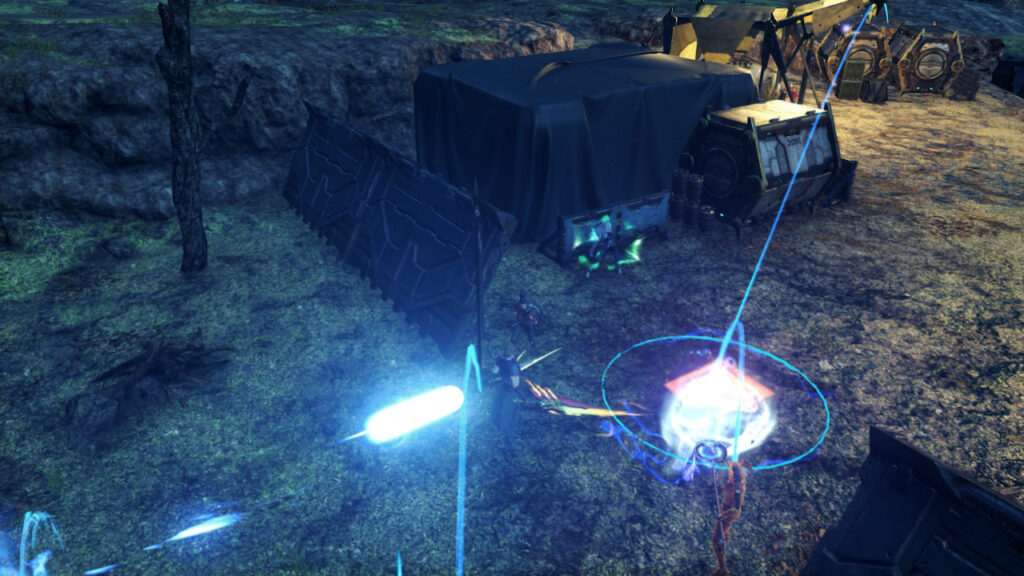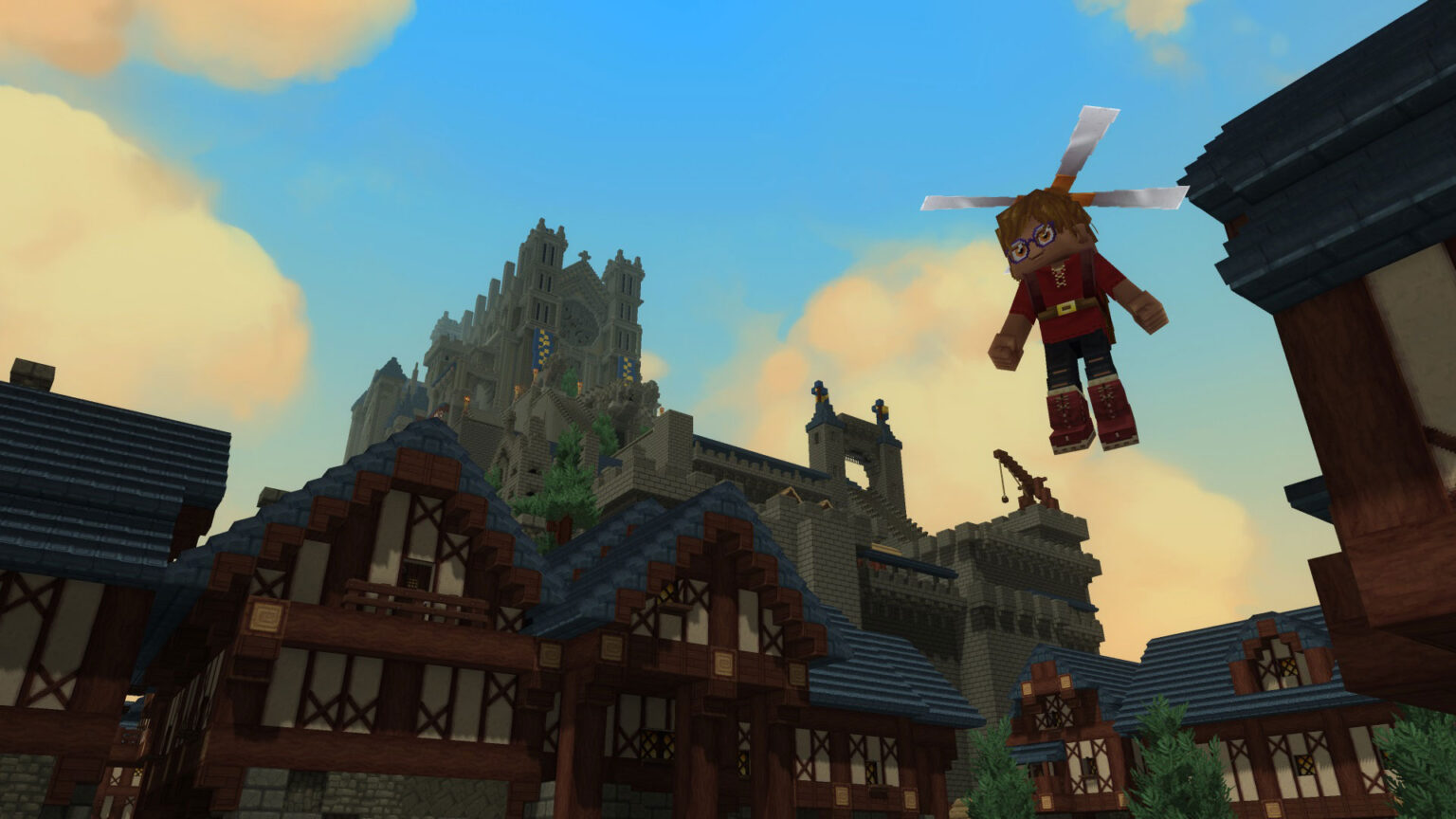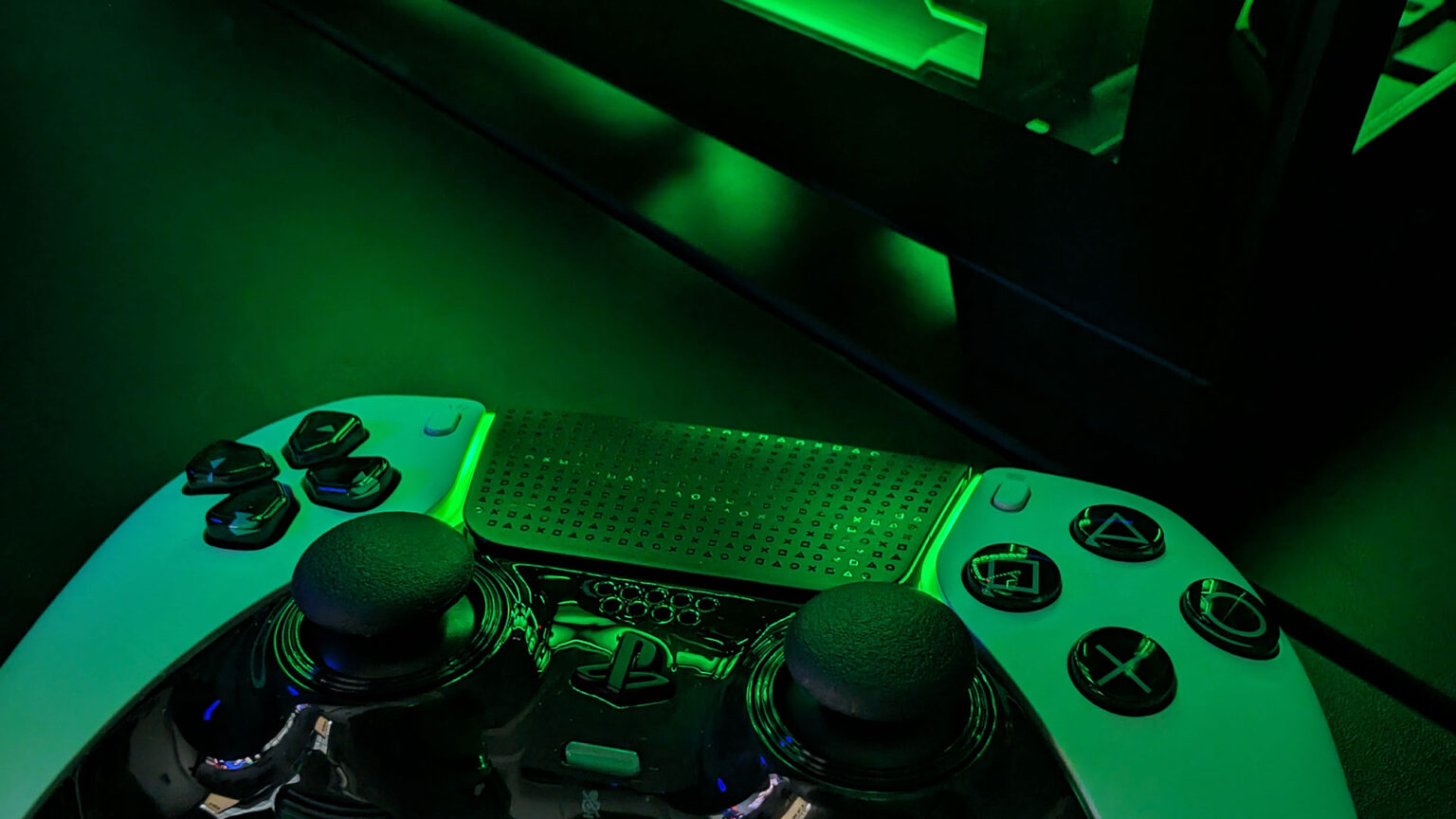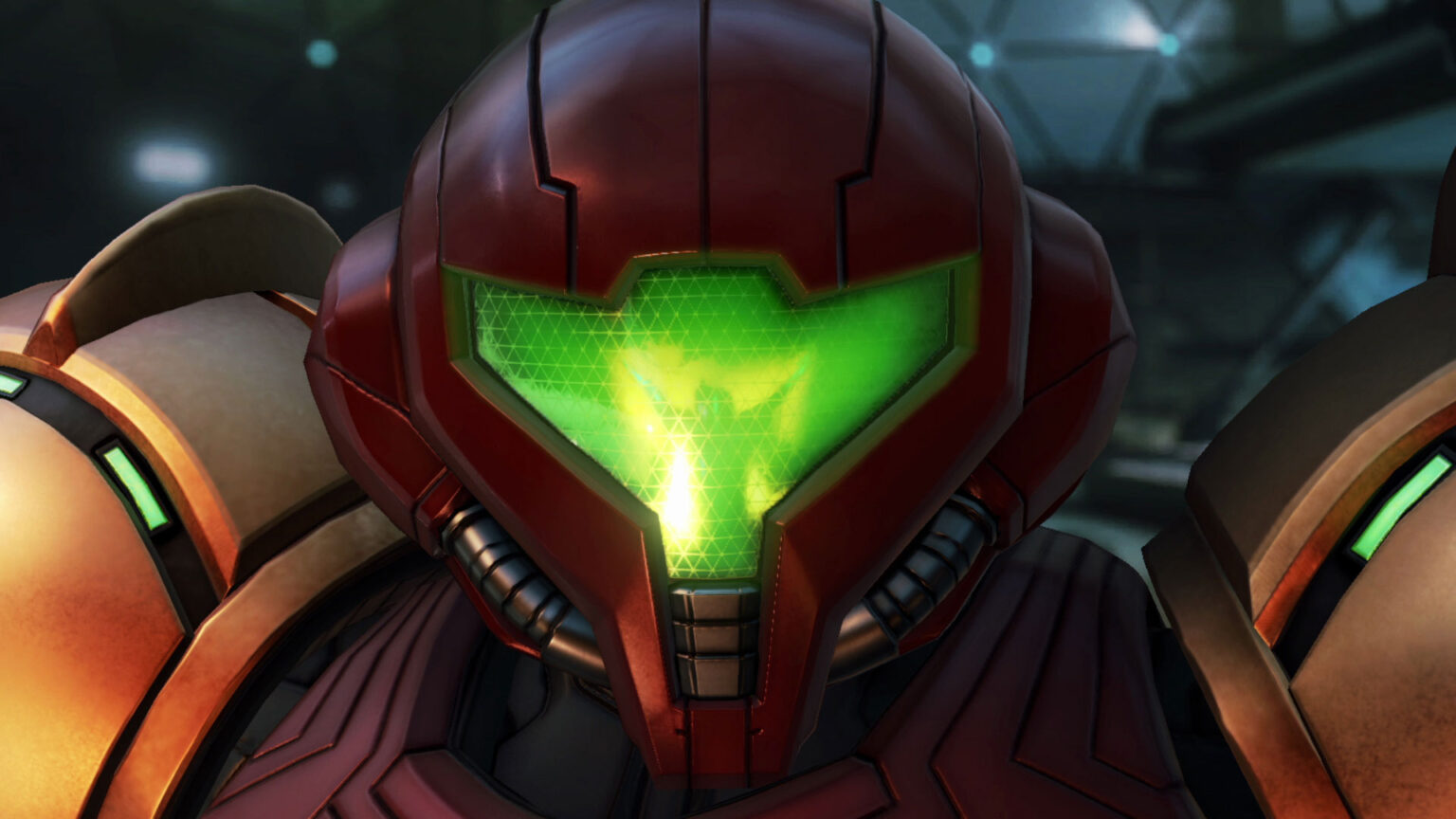Quick Verdict
Xenoblade Chronicles 3: Future Redeemed has the unenviable task of tying up a trilogy that can take more than 300 hours to play through. While it does have its flaws like the games that precede it, Future Redeemed is a love letter to fans who invested time in all three games. New and familiar faces make the cast of Future Redeemed as delightful as the base game, while gameplay changes improve both world exploration and combat. The main story can take as little as 10 hours to complete if you rush through it, but seeing everything the DLC has to offer will take you at least 30 to 40 hours.
It’s hard to believe the original Xenoblade Chronicles almost never made it to North America. In fact, a fan campaign dubbed Operation Rainfall played a part in bringing Xenoblade Chronicles to North America, depending on who you want to believe. Now, over a decade later, the “Klaus trilogy” has officially come to an end with the release of Future Redeemed on April 25, 2023. Given the success and how wonderful Xenoblade Chronicles 2: Torna The Golden Country is — it got its own physical release after all — expectations were understandably high for Future Redeemed. After all, while the ending of Xenoblade Chronicles 3 was satisfying, it left many unanswered questions.
So you have a better understanding of my perspective, Xenoblade Chronicles 3 is on my list of the best games I’ve ever played. I found its overall experience and cast the best of the three games. In terms of combat, the system from Torna The Golden Country was my favorite. The changes that were made in that DLC really improved on Xenoblade Chronicles 2’s base experience. I have a hard time comparing Xenoblade Chronicles with Xenoblade Chronicles 2, as both games have their strengths and weaknesses. I liked the cast from Xenoblade Chronicles 2 over the cast from Xenoblade Chronicles 1, but I prefer the story from the first game over the second.
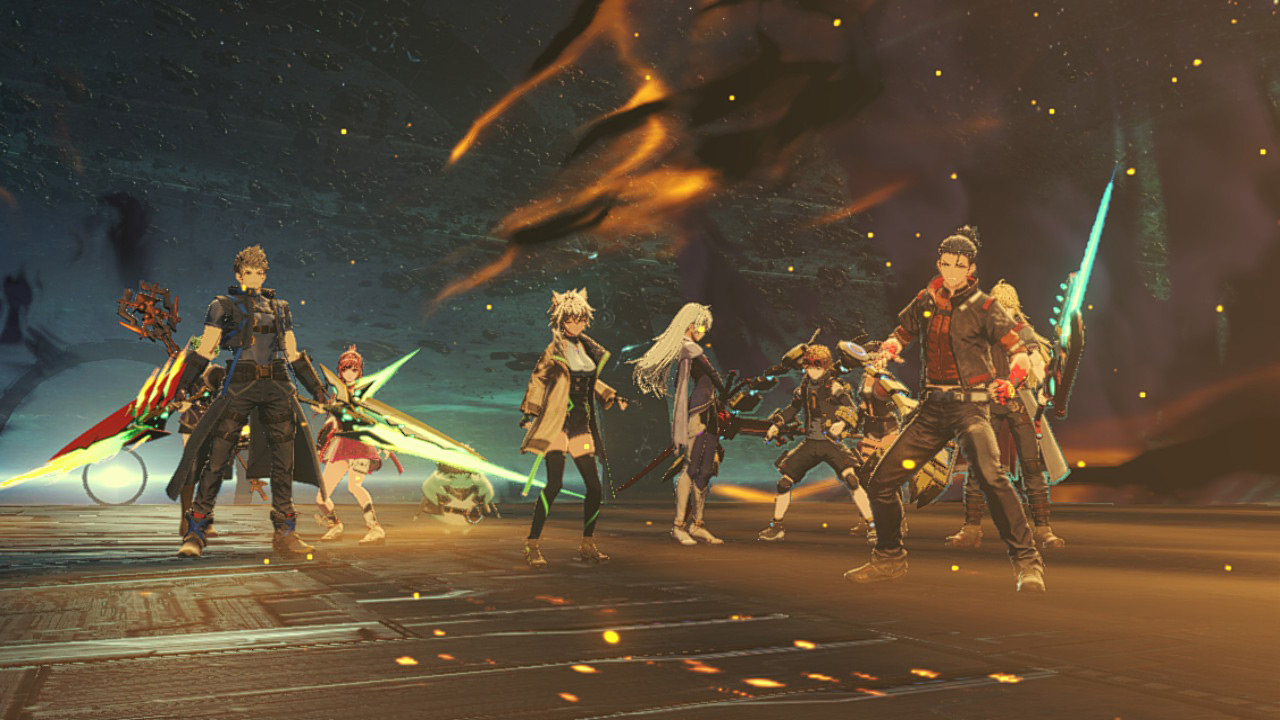
Not surprisingly, the cast in Future Redeemed is a memorable one
Now, one of the reasons why I hold Xenoblade Chronicles 3 in such high esteem is how well Monolith Soft was able to create a standalone title that tied into an overarching trilogy. Unlike other popular JRPG franchises like Final Fantasy, Tales of, and Dragon Quest, the Xenoblade Chronicles games aren’t true individual stories, as all three games are connected. However, each game can be enjoyed individually without knowing what happens in the other two. Of course, if you’ve played the other games, you’ll have a better understanding and an overall more enjoyable experience, but it isn’t absolutely necessary.
While Xenoblade Chronicles 3 does have some callbacks to the previous games, including two major characters in the main story, some die-hard fans argue there weren’t enough references to the first two games. However, that’s because Monolith Soft saved all of it for Future Redeemed. The decision makes sense too, because it allows the base game to be enjoyed on its own, and for those who want the borderline fan service experience, it’s bottled up in a lengthy story DLC. But unlike the base game, I do believe you have to play Xenoblade Chronicles 1 and Xenoblade Chronicles 2 to fully appreciate Future Redeemed.
If you’re thinking of playing Future Redeemed, chances are you already watched the story DLC’s trailer. If you haven’t and you want to avoid all spoilers, you should probably close this review now. If you have watched the trailer, I won’t really spoil anything beyond what you can see there.
The DLC starts by introducing Matthew and A, the latter whose voice I quickly recognized as Rosie Day, the same person who delivered the very memorable performance of Meteion in Final Fantasy XIV’s Endwalker expansion. Even early on, the banter between the two reminds me of just how good the character and world-building is in Xenoblade Chronicles 3. Players then meet Nikol and Glimmer, before Shulk and Rex join the team. Now, Future Redeemed could have just been pure fan service, but it manages to show some restraint. I can appreciate the fine balancing act director Tetsuya Takahashi does between showing too little and too much. This restraint means that not every single player out there will love Future Redeemed, because everyone has their own favorite characters from the franchise. If your enjoyment of the DLC is predicated on certain characters making an appearance, you may want to temper those expectations.
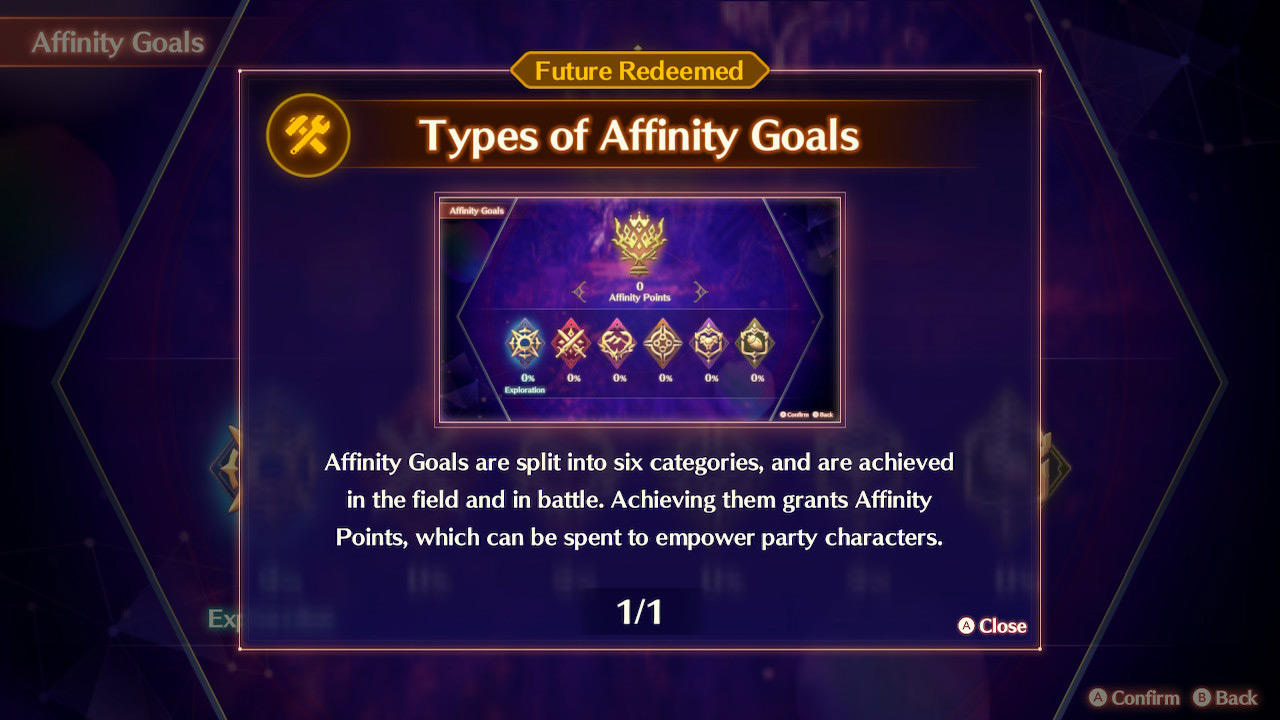
Future Redeemed has such a great system to award exploration and hunting
Combat Changes
As I mentioned earlier, I really enjoyed the changes Torna The Golden Country made to Xenoblade Chronicles 2’s combat system. Future Redeemed takes a different approach and actually simplifies the overall combat. Classes are locked per character, so there’s no control over who is an attacker, tank, or healer. The Ouroboros transformation has been replaced with Unity Combo, which is essentially an art where a pair of characters will execute an action. Players can assign the pairs, which have different effects depending on which two characters are chosen. The combat largely revolves around a simplified version of the combo string found in all three games: Break, Topple, Launch. Certain Unity Combos can apply Burst, Smash, and Blowdown, which means you’ll want to launch the enemies before using Unity Combos for maximum effect. Each pairing also has a Unity Skill, which is basically a passive.
During Chain Attacks, Ouroboros Orders are replaced by Unity Combos, but they essentially serve the same function. In addition, each character can equip a manual in a dedicated accessory slot that affects either the Heroic Chain, Completion Bonus in a Chain Attack, or both. For example, one manual gives the Heroic Chain effect “Prevents order from completing if it reaches 100% through character’s action, letting you select another.” This system lets you customize Chain Attacks that can result in some very powerful combinations. Overall, the fundamental combat system is very similar to the base game with the biggest difference being that you no longer transform. It’s much simpler and some may even find it more enjoyable.
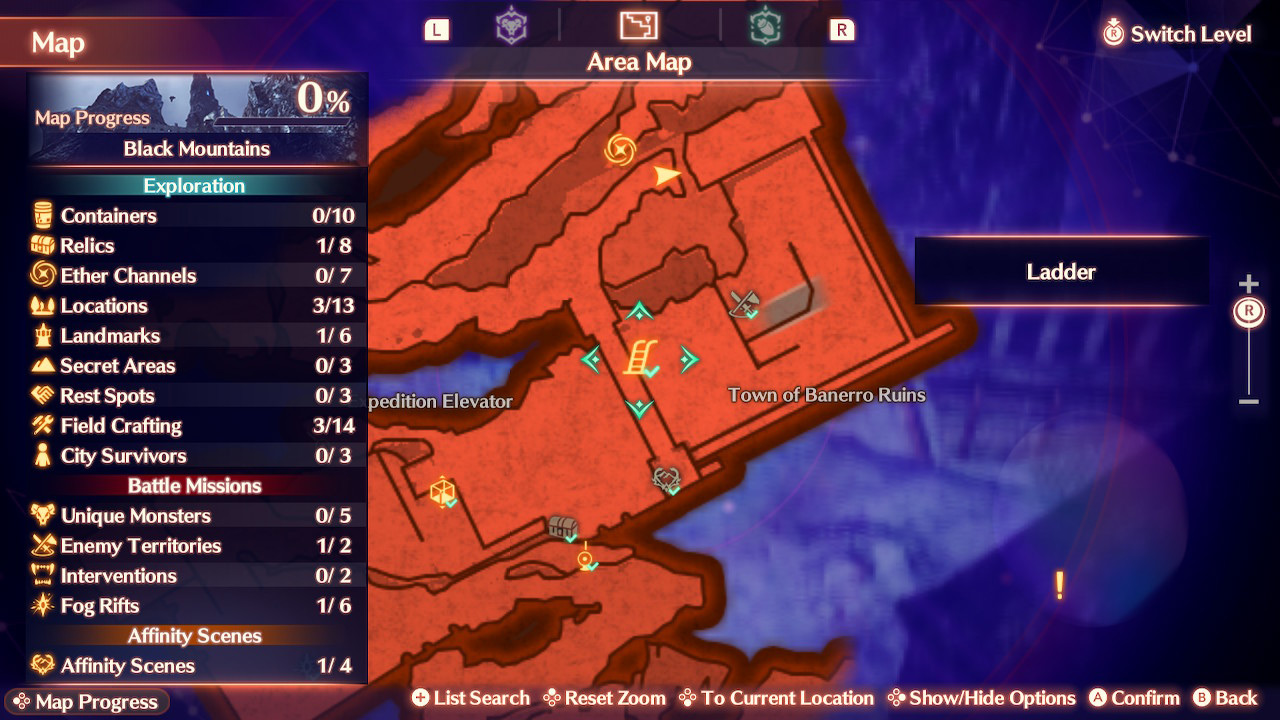
The map may be really small compared to the base game, but there is a lot to explore and do
Exploration
What does change significantly is how Future Redeemed awards you for exploring the world. The story DLC introduces a system called Affinity Goals, which basically grants you points for exploration. Picking up collectables, finding chests, hunting monsters — every activity you can do on the map contributes to your affinity points. Those points are used to unlock or level skills for your characters. Another reason to explore is to find kits to unlock Arts, Accessories, and Gem slots, as well as expanding the Affinity Growth (skill) tree. Of course your characters will gain experience and level like normal, but everything else is locked behind those kits.
Naturally, this sort of system would have probably been really overwhelming in the base game given how massive Aionios is. As it stands, Xenoblade Chronicles 3 can take up to 150 hours to clear everything. But this system works in the smaller area of Future Redeemed and is a massive improvement over Torna The Golden Country’s artificial wall that forced you to do hours of boring side quests. Speaking of side quests, Future Redeemed has plenty, and some are pretty bland. But I actually think it’s by design, because they’re callbacks to side quests from Xenoblade Chronicles 1. Some might find it charming, some may not. But hey, that’s why they’re optional side quests.
If you’re a completionist, the map will display your progress for each zone, and there is quite a bit to do. I haven’t fully completed every zone yet, and I have over 30 hours of playtime. Moreover, if you love the music of Xenoblade Chronicles like I do, you’ll likely find yourself spending hours just running around the map, savoring the fantastic medleys of the most iconic soundtracks from Xenoblade Chronicles 1 and Xenoblade Chronicles 2.
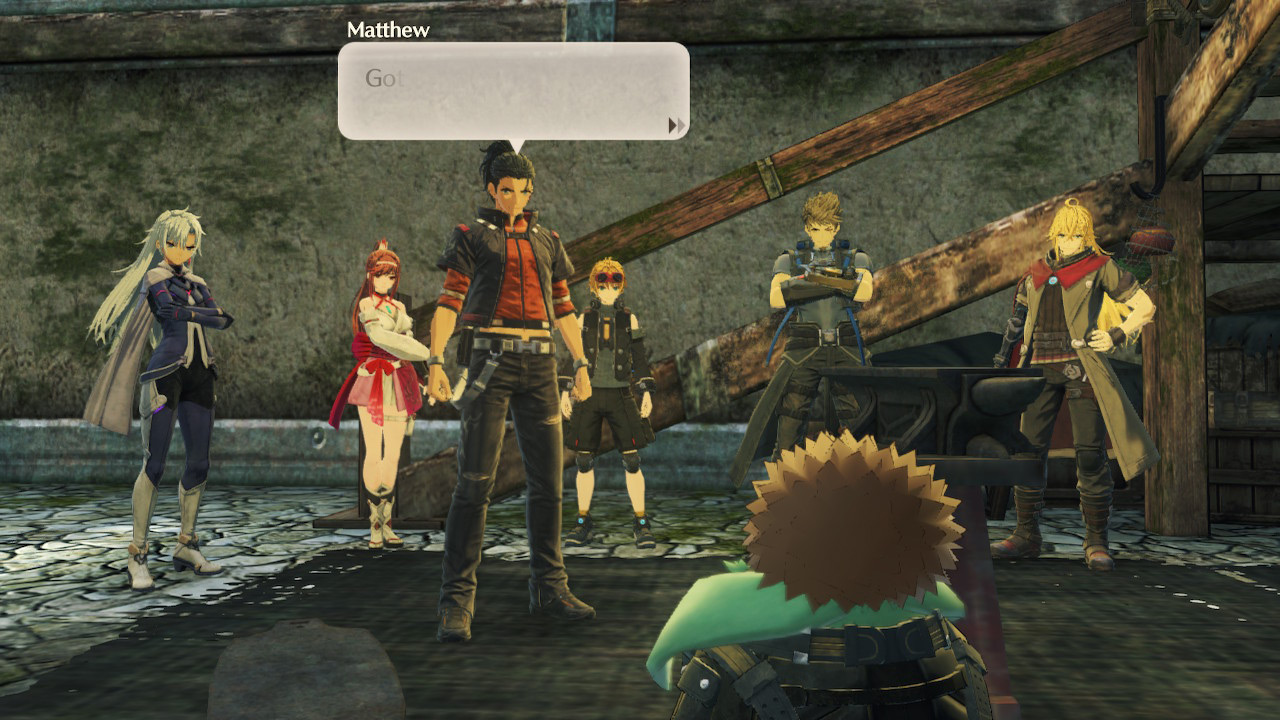
Who is this common variety Nopon’s Masterpon?
Story
Discussing the story of Future Redeemed without entering spoiler territory is challenging, so I won’t even try. What I will say is the satisfaction you get from the DLC’s conclusion is largely dependent on what you’re expecting from the DLC. If you go in with little to no expectations, you’ll get a very satisfying end to a trilogy over a decade in the making. If you’re a fan of Xenogears, Xenosaga, and Xenoblade Chronicles X, there are some Easter eggs for you. If you’re anticipating conversations involving character A with character B, you might walk away a little disappointed.
Ultimately, Future Redeemed doesn’t take the approach of spelling everything out to the player. There is an assumption here — and it’s a fair one — that if you endured over 300 hours playing through all three games and their story DLCs, then you don’t need a cutscene to beat you over the head to make it clear on what’s happening. There’s an artistic subtlety to this DLC’s story telling. It’s a bit of a gamble, considering this is wrapping up a trilogy, but if you take the time after the credits roll to let it all sink in, everything should make sense. If not, there are plenty of YouTube videos to spell it all out for you.
It’s a true shame the Xenoblade Chronicles trilogy has such a high barrier to entry with their lofty completion times and MMORPG-like combat systems, because so many people are just missing out on such memorable experiences.
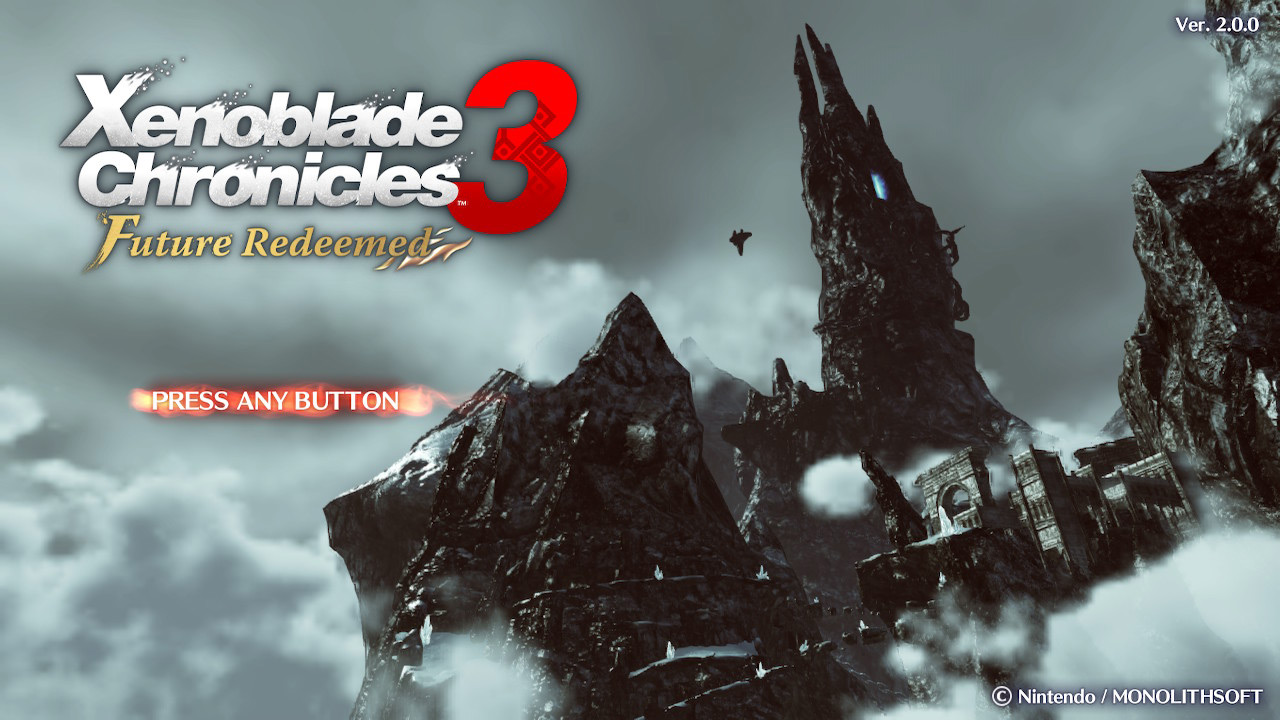
I’m excited for the inevitable remake of Xenoblade Chronicles 3 on a future Nintendo console
Final Thoughts (with some light spoilers)
I had some pretty high expectations with Future Redeemed, especially since I’m apparently one of those rare people who believe Xenoblade Chronicles 3 is one of the best RPGs ever made. I also grew up with Xenogears as one of my favorite games from the original PlayStation era, and I did experience the Xenosaga trilogy, however weak it is in comparison to Xenogears and the Xenoblade Chronicles trilogy. Overall, I felt the storytelling in Future Redeemed was a little rushed and the characters weren’t as fleshed out as I would have liked them to have been. Both of these things come as a surprise to me, because of how great both those elements are in Torna The Golden Country. But Future Redeemed has a lot more on its plate than just telling a prequel story.
I appreciate the subtlety of the closing scenes and commend the team for bringing back Joanne Hogg, who sang the vocals for the ending themes of Xenogears and Xenosaga, for the final song in Future Redeemed. I mention this because it shows just how much love and care were put into capping off the Klaus trilogy. We’ve gone from Xenoblade Chronicles 1’s “Reyn Time” to “the power of friendship” in Xenoblade Chronicles 2. The third game gave us the treat of “Lanz wanting something a bit meatier,” and now Matthew’s full of beans. For everything silly, comical, and outlandish from the Xenoblade Chronicles trilogy (and yes, that includes Mythra and Pyra’s designs), there are moments of tenderness, joy, and emotional triumphs that very few games achieve. Future Redeemed wasn’t perfect, but I can’t imagine a better way to end this story.

